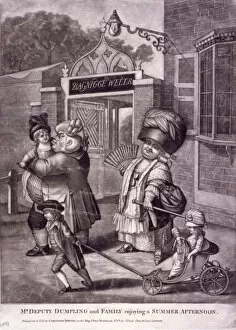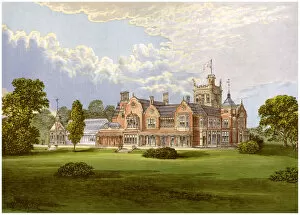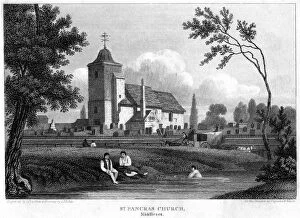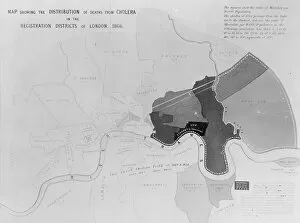St Pancras Collection (page 4)
St Pancras, a historic and iconic landmark in London, England, is much more than just a railway station
All Professionally Made to Order for Quick Shipping
St Pancras, a historic and iconic landmark in London, England, is much more than just a railway station. With its rich history and stunning architecture, it has become an integral part of the city's landscape. Dating back to the 19th century, St Pancras was originally constructed in 1867 as a gateway to the north. The construction process itself was a marvel of engineering at the time, with men tirelessly working on building the Camden Town Sub-Station nearby. The Meeting Place statue by Paul Day stands proudly outside St Pancras Station on Euston Road, serving as a symbol of unity and connection. This magnificent sculpture captures the essence of travel and serves as a meeting point for countless travelers passing through. Inside the station lies an array of amenities that cater to all needs. From luxurious lounges where passengers can relax before their journey to train lounges bustling with activity, it offers comfort and convenience for all. During times of crisis or war, St Pancras played an essential role in supporting emergency services. It served as an ambulance train hub during critical moments when lives needed saving. In recent years, it has embraced modernity while preserving its historical charm. The Eurostar terminal designed by Sir Gilbert Scott showcases contemporary architecture seamlessly blending with Victorian grandeur. Moreover, this iconic location became even more significant during the 2012 London Olympics when it proudly displayed Olympic signs celebrating this momentous event in British history. Located near The Fleet River and surrounded by vibrant neighborhoods like Kings Cross and Camden Town, St Pancras is not only a transportation hub but also acts as a bridge connecting different parts of London together. As we look back at maps from Chichester dating back to 1812 or engravings depicting scenes from around 1825 near St Pancras Station - we are reminded that this area has always been evolving; witnessing change throughout centuries while remaining steadfastly rooted in its historical significance. St Pancras is not just a railway station.















